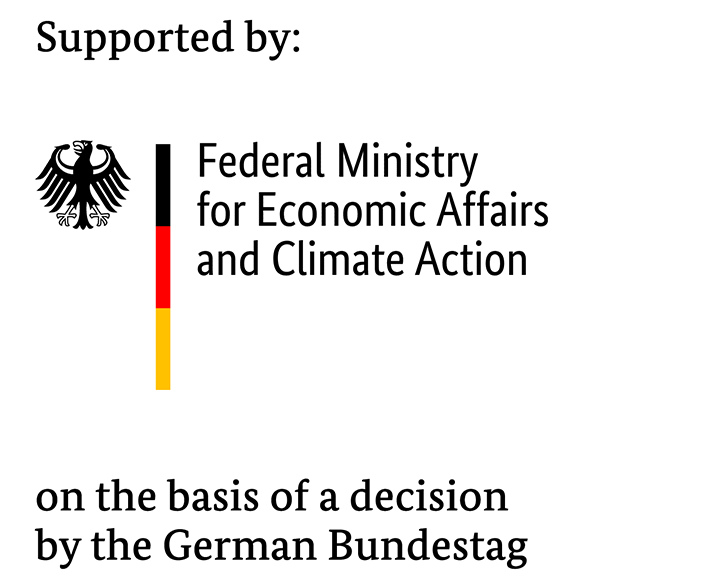Climate-neutral Heating
While most heating, particularly in existing buildings and process plants, is still generated through the burning of fossil fuels, which consequently produces CO2 emissions, the aim over the next few years is to only generate heat in a carbon-free manner. This presents a major challenge, since more than half of the energy consumed in Germany is used to heat our homes, offices, and shops as well as to make heat available for industry and commerce. The transition to renewable heat, inevitable waste heat, and CO2-free fuels needs to be well-organized. Producers, consumers, and infrastructures are changing, new business models are being created, and buildings can and must function more as a kind of “power plant”.
Emissions in the buildings sector are produced when fossil energy sources such as mineral oil and natural gas are burned to provide heating and hot water. To ensure a successful transition in the way heating is provided, the heating demand must be considerably reduced and there needs to be a gradual switch to renewable heat and inevitable waste heat. The intention therefore is for renewable energy sources in future to not only supply the sectors currently powered by electrical energy, but the energy system as a whole. This particularly concerns the supply of low-temperature heating to keep rooms warm and provide hot water in buildings and districts.
The issue of “heating” also plays an important role in the research area of industry and commerce. You can find out more information in the dedicated online portal industrie-energieforschung.de.
Heat pumps use electricity to take ambient heat to a higher temperature level. They are frequently used in small buildings. If heat pumps are consistently powered by green electricity, then CO2 emissions can be reduced considerably. Various studies show that heat pumps are gaining in significance and will play an essential role in achieving a more environmentally friendly heating supply. The proportion of heat pumps in new residential buildings increased to 31 % in the last few years, the majority of which were air-to-water heat pumps. This form of heat pump is cost-efficient, but is much less energy-efficient than heat pumps that use other sources of heating. Alongside decentralized installations, large-scale heat pumps are increasingly being seen as another important element in the heating supply of cities and districts.
The aim in future is for heat pumps to function in a self-optimizing (smart) manner, adapting to the individual requirements of residents and the availability of renewable energy. Tailored solutions for specific building types are also seen as important goals. Heat pumps are an important topic in the research area of industry and commerce.
Heat from solar energy plays an important part in achieving objectives in the heating sector. In 2020, after years of decline and stagnation, the solar thermal energy market posted growth again. (Semi-)detached housing still represents the largest segment of the market. Over the last few years, however, solar process heating (which is particularly used in industry) and solar local and district heating continued to develop. Experts are seeing additional market opportunities in the field of solar construction. This might be in the form of solar active houses, which cover at least half of their heating requirements through solar thermal energy, or solar urban districts with heating supplies largely based on solar thermal energy. The use of solar energy in existing buildings also plays an important role. The integration of flexible electricity and heating markets through the thermal storage of surplus electricity from renewable energy, for instance, is gaining increasing significance. Various research projects address the issues of reducing costs, simple and reliable systems engineering, quality assurance, and new areas of application for larger installations.
The provision, distribution and use of local and district heating require distribution networks that are considerably more differentiated, technically more intricate and more complex to operate than other supply networks. New grid concepts and the development of innovative technologies can significantly improve the heat supply in energy efficiency, economic and ecological terms. In addition to innovative concepts, planning, organisation and optimisation are becoming increasingly important in the energy industry and in local and district heating.
Targeted network optimisation can further increase the proportion of local and district heating and also integrate less densely populated areas into the supply network. This could provide the future for centralised heat supply systems. As smart grids, it is intended that heating networks shall become central building blocks in local energy management. Low-exergy technologies can help reduce transmission losses. In addition, new adaptive cooling and heating networks offer starting points for integrating renewable energy.

